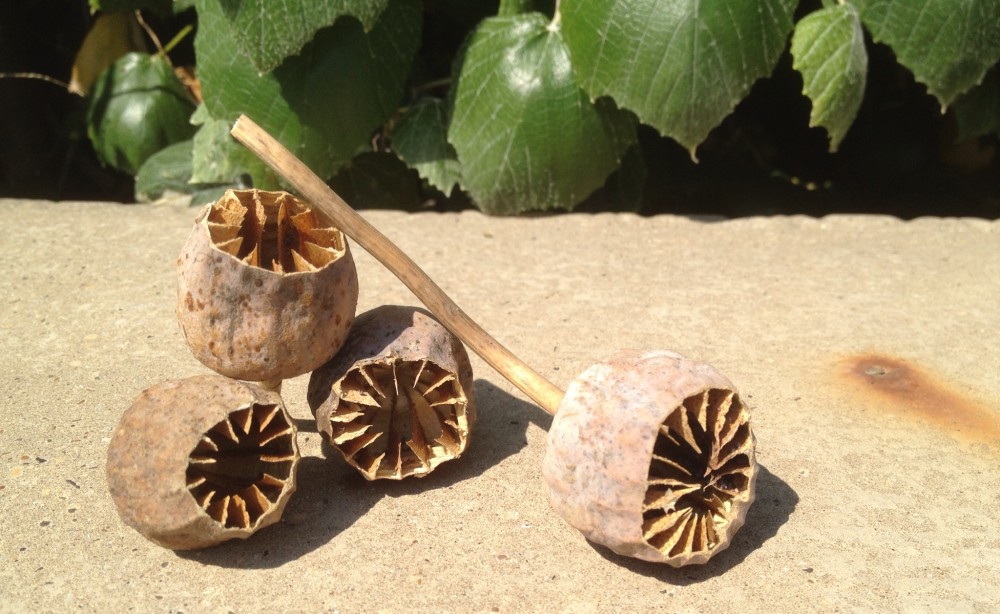At this season of the year, it is traditional to invite others to share in our Holiday feast.
You may want to consider a few rutabagas.
There is a legend (which I am, just now, making up, but it does have a ring of authenticity), there is a Scandinavian legend that a cabbage and turnip married. For their honeymoon, the two vegetables escaped to a lake of great beauty and remoteness in the far north of Sweden, near the Finnish border. Unbeknownst to them, a mighty blizzard was swooping down from the Arctic. No sooner had they arrived than the storm struck. Assaulted by the fierce winds and biting blowing ice, the newlyweds were forced to dig themselves into the ground, There, covered by the warm dirt and blanketed under layers of snow, the two newly married vegetables waited until the next spring, when the warming rays of the returning sun brought them back to the surface. To the surprise of the other emerging plants, the cabbage and the turnip had with them their new arrival, a child who looked and acted a little like Mom and a little like Dad. The proud parents called the new one their little Cabbage Root, or Kålrot, in the Swedish language – a baby’s name which, in Canada and the U.S., translates as my little Rutabaga.
From legend and fact, the kålrot or rutabaga is a cross between the cabbage and the turnip. Much younger than its parents, the rutabaga was found growing wild in Sweden in the early 1600’s, only some 400 years ago. Showing his age, the cabbage has been domesticated for over 3,000 years. The turnip, on the other hand, is younger, say 2,700 years (she may shave a few years if you ask, so be polite and nod in agreement).
Perhaps from that first hard winter, the rutabaga has a bit of a bitter taste. Perhaps because of that very distinctive flavor, the young one has quite a following, many who find it to be good mix with other vegetables, a pleasing accompaniment to main dishes and a main ingredient in others. In the lands of Sweden, Finland and Norway, the Holiday meal must have a side of mashed rutabagas, potatoes and carrots. Swedish Christmas Casserole, or Swede Box, is composed of rutabagas, water, salt, breadcrumbs, egg, cream, syrup, butter and spices. In Scotland, rutabagas (called neeps by the Scots) and potatoes (to the Scottish, tatties) are mashed and served separately as neeps and tatties beside their favorite main dish, haggis, which is too scary to describe and will be left to your Internet perusals. And, in England, the rutabaga is a traditional part of the Sunday roast.
In the U.S. and Canada, however, the little kålrot or neep is not often invited to dinner. On the shelves of groceries, it waits sadly to be noticed by passing shoppers with their Holiday lists. It is there and you walk right by, but it’s not someone you’d think to include. There are others like that, and they are not all vegetables.
Perhaps, there is something to be learned from that little root of mixed origins. Perhaps, it’s time to broaden our horizons and try something new. Perhaps it’s time to include a few rutabagas in the Holiday feast. And, while we’re at it, perhaps it is time invite a few friends we don’t often see and who may not have much of a feast of their own to attend. I have a feeling they’ll both very much enjoy being part of the festivities.
Who knows, you may find yourselves growing attached to your new dinner guests. And, when they ask, “What is that interesting side dish?” you may find yourself replying, “Something we’ve never tried before, but you know we’re starting to like it. It’s different, but it seems to fit in very well, very well indeed.”
Maybe it is time to start planning that Holiday meal, before someone else invites those rutabagas to dinner.
Don’t miss the fun,
Grandpa Jim
